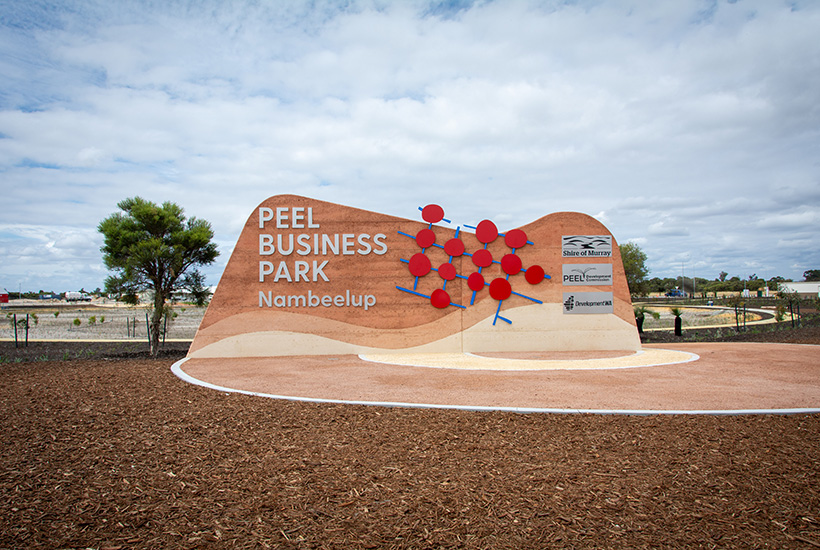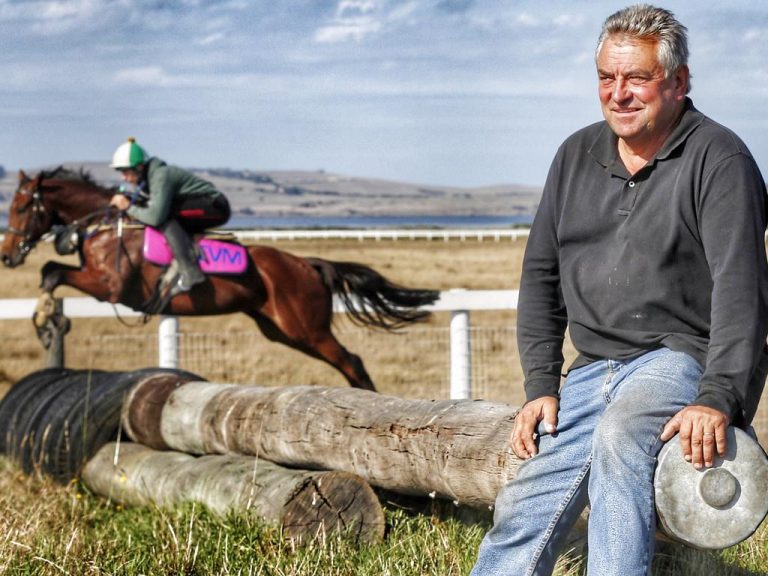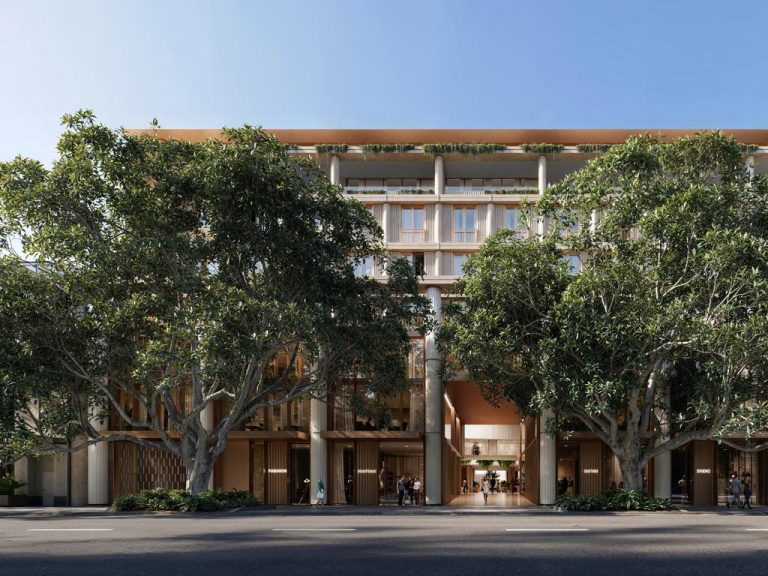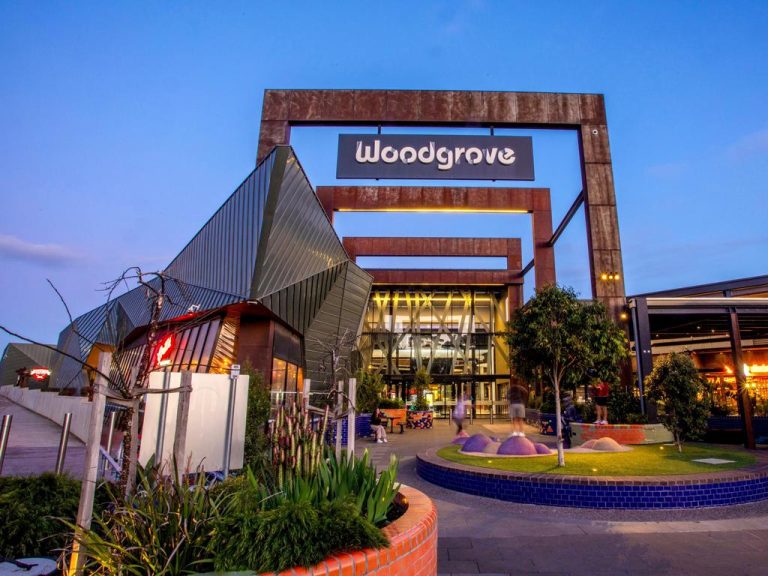New WA agribusiness precinct set to transform sector

A new food production hub in Western Australia has entered the second stage of construction as experts weigh in on the agribusiness park’s potential to assist producers to scale up and expand their markets.
The Peel Business Park in Nambeelup, 70km south of Perth, will become an agribusiness nerve centre, drawing agricultural and food production entities together.
The park, with support from the Shire of Murray, state and federal governments, is designed to help agriculture producers scale up food processing locally in an effort to increase the domestic and overseas markets these agribusinesses can reach.
Construction of the $21.75 million WA Food Innovation Precinct started last month and is due to be completed by March 2022. It will form part of stage one of the park along with the Department of Fire and Emergency Services’ Bushfire Centre of Excellence and a renewable energy industrial microgrid.
WA Food Innovation Precinct general manager Chris Vas said the zone would comprise three distinct arms: the innovation centre run by GrowHub as a one-stop shop with co-working spaces, consulting services and industry support; a research and development unit led by Murdoch University; and a production and storage facility.
It will house a range of small-to-medium enterprises, an industry common-use food technology facility and supporting industry organisations that will assist with issues such as scaling up of agribusinesses, export and product licensing.
Infrastructure boost will help producers value add
Dr Vas said the user-pays production facility would help small and medium businesses that did not have access to advanced food manufacturing equipment to scale up their operations.
“One of the big challenges for the WA ag industry is a lack of infrastructure and access to infrastructure,” he said. “If you look at grains and oats, we can produce but any value-add or processing that we need either has to go to the east coast or overseas.
“This is where small businesses can come in and utilise equipment with the intent of scaling up, creating new products, value-adding and ultimately exporting east or overseas to focus on creating a larger market share for WA food and beverage product.”
Dr Vas said the cost of food production equipment was a financial overhead many small and medium businesses did not have capacity to cover.
“Some of this equipment could cost anywhere upwards of $1 million. Even having access to all of this equipment in one place is hard for any one business so this really is a game changer in the sense that you have a facility where a lot of this work can be done,” he said.
Curtin University agribusiness and supply chain management expert Liz Jackson said the precinct would help create greater opportunities for the agribusiness sector through value-added food.
“Australia has, in modern history, essentially been purveyors of raw food to the world. It’s served us extremely well for an extremely long period of time, but what we’re seeing in terms of global demand for food is more processed food,” Dr Jackson said.
“As consumers’ tastes, preferences and lifestyles are changing, there is more and more opportunity for value-added food and this is where this precinct has really stepped up to the plate because not only is it showcasing food innovation that can come from WA but the diversity of employment that it is creating.
“Consumers don’t see a tonne of wheat or a cow. What they see is a loaf of bread, a ready-made meal or a box of raisins that they feed to their kids – and there lies the opportunity to amplify West Australian agribusiness on the world stage. That is the value that is going to be generated from the WA Food Innovation Precinct.”
WA’s Regional Development Minister Alannah MacTiernan said the precinct would help agribusinesses expand their markets both domestically and internationally.
“This precinct will be a game changer for the WA food and beverage sector, creating better and more diverse products through research and development, and expanding WA’s food and beverage market share both nationally and internationally,” Ms MacTiernan said.
Calls for industry to design stage two of the park

Construction on phase one of Peel Park began in April and CBRE is calling for offers on stage two of the development. Picture: CBRE
The park is designed for primary producers and other related agribusinesses, Dr Vas said.
“The plan is to attract agri-related businesses into the business park. It doesn’t necessarily have to be producers or growers but also ancillary adjacent industries or businesses that support the agri sector, whether manufacturing, packaging, supply chain services, trade and consulting services – all those things become part of the picture,” he said.
Commercial property agent CBRE has called for offers for stage two of the development, asking industry to help shape the design of the business park.
CBRE associate director Phil Melville said stage two marked a major project milestone for park.
“The Peel Business Park represents an outstanding opportunity for WA’s agricultural sector to harness and invest in innovative, sustainably-focused technologies,” Mr Melville said.
“There’s nothing else like this in WA, it really is leading the way.”
Mr Melville said stage two was focused on attracting established and start-up enterprises geared towards agri-innovation areas such as food processing, machinery manufacturing, robotics, cold-storage and communication.
“We’ve basically sold out of stage one and in stage two we’re asking industry to approach us and tell us what they need and we will design the development to fit their needs.
“COVID significantly disrupted food imports to Australia, which has brought to light the increasing need for us to consider more localised food processing options, as well as the opportunity for us to develop our own export markets.”
Ms MacTiernan said the chance to tailor lot sizes and facilities in stage two gave investors, businesses and developers the chance to get in on the ground floor of the Peel region’s development.
“This really is a rare opportunity in the gateway to the Peel agricultural region with the ability to secure development approvals prior to titles,” she said.
Spinifex shows how Peel park can transform sector

The Peel Business Park has a renewable energy industrial microgrid. Picture: CBRE
Dr Vas cited local brewer Spinifex Brewing Co, which is attracting the attention of overseas export markets for its Indigenous flavoured beers, as a success story of the project.
Spinifex has established a local Indigenous supply chain with Morich Farm, an Indigenous family-owned farm in the Great Southern region, which supplies the brewer with wild-harvested and cultivated lemon myrtle, waxflower and wattleseed.
Spinifex also sources roasted wattleseed and pepper berries from Woolkabunning Kiaka, formerly the Roelands Aboriginal Mission, a farm near Bunbury that was used to house Indigenous children from the Stolen Generations.
“In a short period of time, they’ve started to export into Sweden, they’ve got conversations underway in Peru, Germany and India,” Dr Vas said.
“So, if I were to think about what success for us looks like, success would be having many more Spinifexes come out of the precinct.
“They’re not only value-adding in terms of WA product and scaling up, they’re also exporting.”







